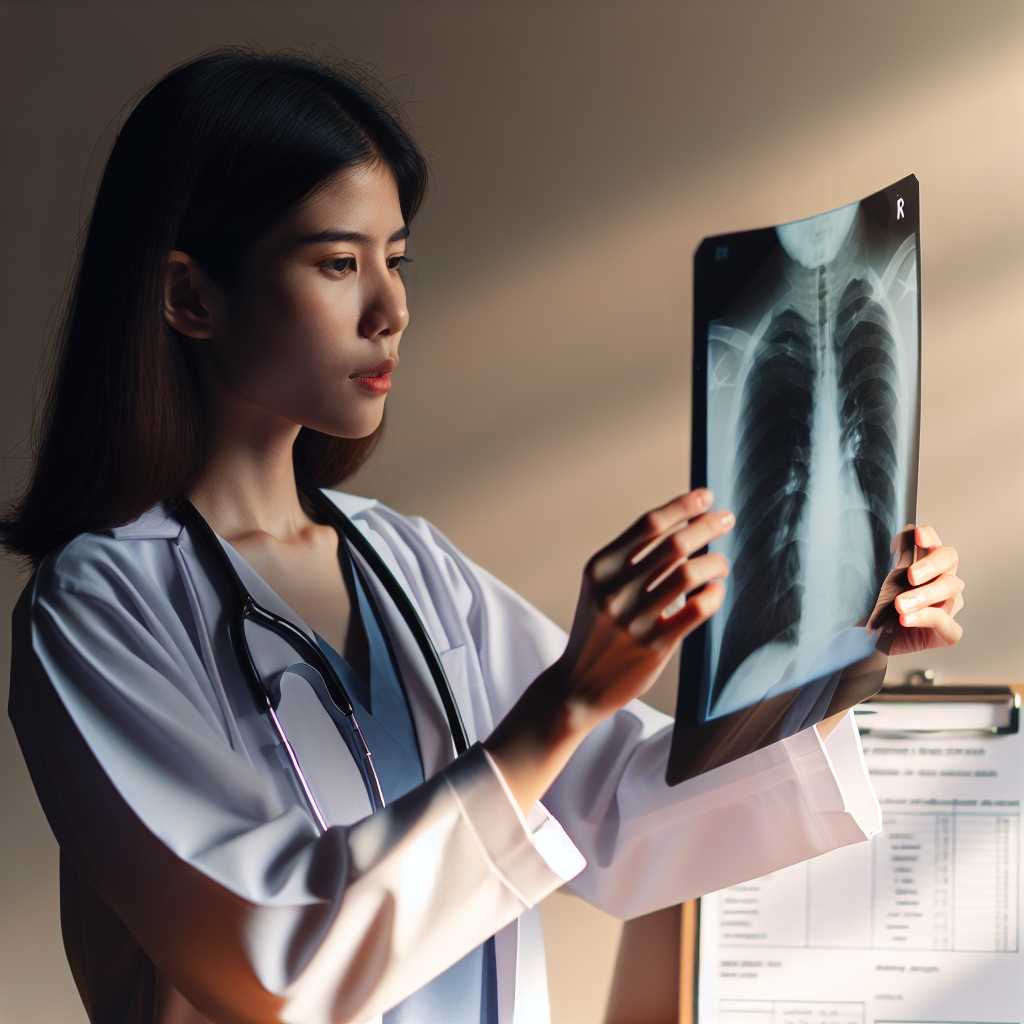Understanding Walking Pneumonia: A Comprehensive Overview
Walking pneumonia, a milder form of pneumonia, can often be deceptive due to its less severe symptoms compared to typical pneumonia. The term can mislead individuals into thinking it’s not serious, which underscores the importance of a thorough understanding of this illness for effective detection and management. This article aims to delve into the different aspects of walking pneumonia, including its causes, symptoms, treatment, and preventative measures.
What is Walking Pneumonia?
Pneumonia traditionally conjures images of intense illness, requiring hospitalization and aggressive treatment. Walking pneumonia, however – also known medically as atypical pneumonia – presents in a much less aggressive way. Caused primarily by bacteria, notably Mycoplasma pneumoniae, this condition is characterized by symptoms severe enough to impact daily life but mild enough that they don’t confine individuals to bed or require hospital care.
Symptoms and Diagnosis
Walking pneumonia incidents often mirror those of a common cold or flu in the early stages. Symptoms gradually develop over several days to a few weeks and potentially include:
– Sore throat
– Low-grade fever
– Prolonged feeling of unwellness (“malaise”)
– Persistent cough
– Chest pain exacerbated by deep breathing or coughing
– Headache
– Fatigue
The presence of these signs doesn’t automatically indicate walking pneumonia, as they could relate to other illnesses. Clinicians typically recommend chest X-rays and specific laboratory tests (like sputum culture or blood tests) for accurate diagnosis. The contamination with Mycoplasma pneumoniae can also be detected via molecular testing methods such as PCR (Polymerase Chain Reaction).
Treatment Protocols
Despite its relatively mild nature, walking pneumonia requires proper medical treatment. Antibiotics are the mainstay treatment regimen if the cause is bacterial. Macrolides or doxycycline are commonly prescribed antibiotics, and it’s crucial for patients to complete the entire course even if symptoms subside early on.
For viral as opposed to bacterial sources of walking pneumonia, antibiotics wouldn’t be effective. Supportive care such as rest, hydration, and perhaps over-the-counter medications to manage symptoms would then be central to the approach.
Prevention and Protection
While there is no vaccine specifically for walking pneumonia from Mycoplasma pneumoniae, general strategies for preventing respiratory infections can decrease the risk of developing this condition. Some key preventative actions include:
– Regular hand washing with soap and water
– Using hand sanitizer when soap isn’t available
– Avoiding contact with people who are sick
– Ensuring good general health through a balanced diet and regular exercise
– Staying up-to-date with recommended vaccines which can indirectly reduce the risk or severity of atypical pneumonias
It’s also important to note that individuals with compromised immune systems, although typically no more susceptible to acquiring the infection than others, might experience more pronounced symptoms.
Epidemiology And Patterns Of Occurrence
Walking pneumonia is a relatively common illness; it’s estimated that Mycoplasma pneumoniae accounts for 15%–50% of all cases of pneumonia in adults and an even higher percentage in school-aged children. Outbreaks are more frequent in crowded settings like schools or institutions.
